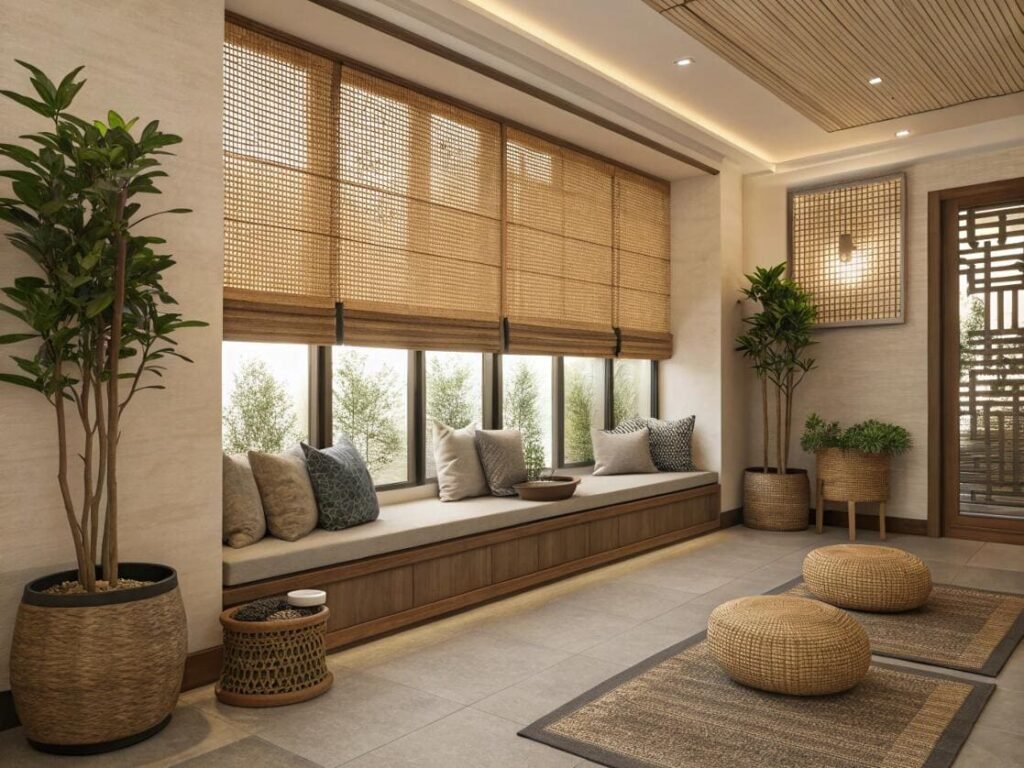Modern rooms can feel cold and sterile. Adding warmth without creating clutter is a real design challenge. Bamboo shades[^1] offer a simple, natural solution.
Bamboo shades are window coverings made from woven natural materials like bamboo, reeds, and grasses. They are known for adding organic texture and warm, filtered light to a room, creating a relaxed, earthy aesthetic.

Their natural beauty is clear, but as a project professional, you need to know how they actually perform. Will they give your client enough privacy? Can they handle moisture? And can they be modernized? Let’s dive into the practical details you need to know before specifying bamboo shades for your next project.
How are bamboo shades constructed with natural materials and weaving techniques?
Confused by different weave styles? Choosing the wrong one can completely change the look and light control. I’ll break down how they are made.
Bamboo shades are crafted by hand-weaving thin slats of bamboo, reeds, or jute together using durable threads. Different weaving techniques create various textures and patterns, from tight, privacy-focused weaves to open, light-filtering[^2] "matchstick" styles.

The craftsmanship is what gives these shades their unique character. Unlike a uniform roller fabric, every bamboo shade has subtle variations. The construction directly impacts its function. A "matchstick" style uses thin, round pieces of bamboo woven with noticeable gaps, which creates a beautiful dappled light effect but offers very little privacy. A flat slat weave, on the other hand, uses wider, flatter pieces of bamboo woven tightly together for more coverage. As a supplier, I always inspect the quality of the weave. Loose or inconsistent weaving is a sign of a poor-quality product that won’t last. For designers like Emma, understanding these different weave types is key to matching the shade to the client’s needs for light and privacy in a specific room.
Common Bamboo Weave Styles
| Weave Style | Description | Light Control | Privacy Level |
|---|---|---|---|
| Matchstick | Thin, rounded reeds woven together. | Very light filtering, creates patterns. | Low |
| Flat Slat | Wider, flat bamboo slats woven tightly. | Moderate light filtering. | Medium |
| Tortoise Shell | Variegated tones of bamboo, often with a tighter weave. | Moderate light filtering. | Medium to High |
What is the difference between woven wood and bamboo shades?
Is "bamboo" the same as "woven wood"? Using the wrong term can confuse suppliers and clients. Let’s clarify this simple but important distinction.
Bamboo shades are a specific type of woven wood shade. "Woven wood" is the broad product category that includes all shades made from natural, woven materials like bamboo, jute, reeds, grasses, and other woods.
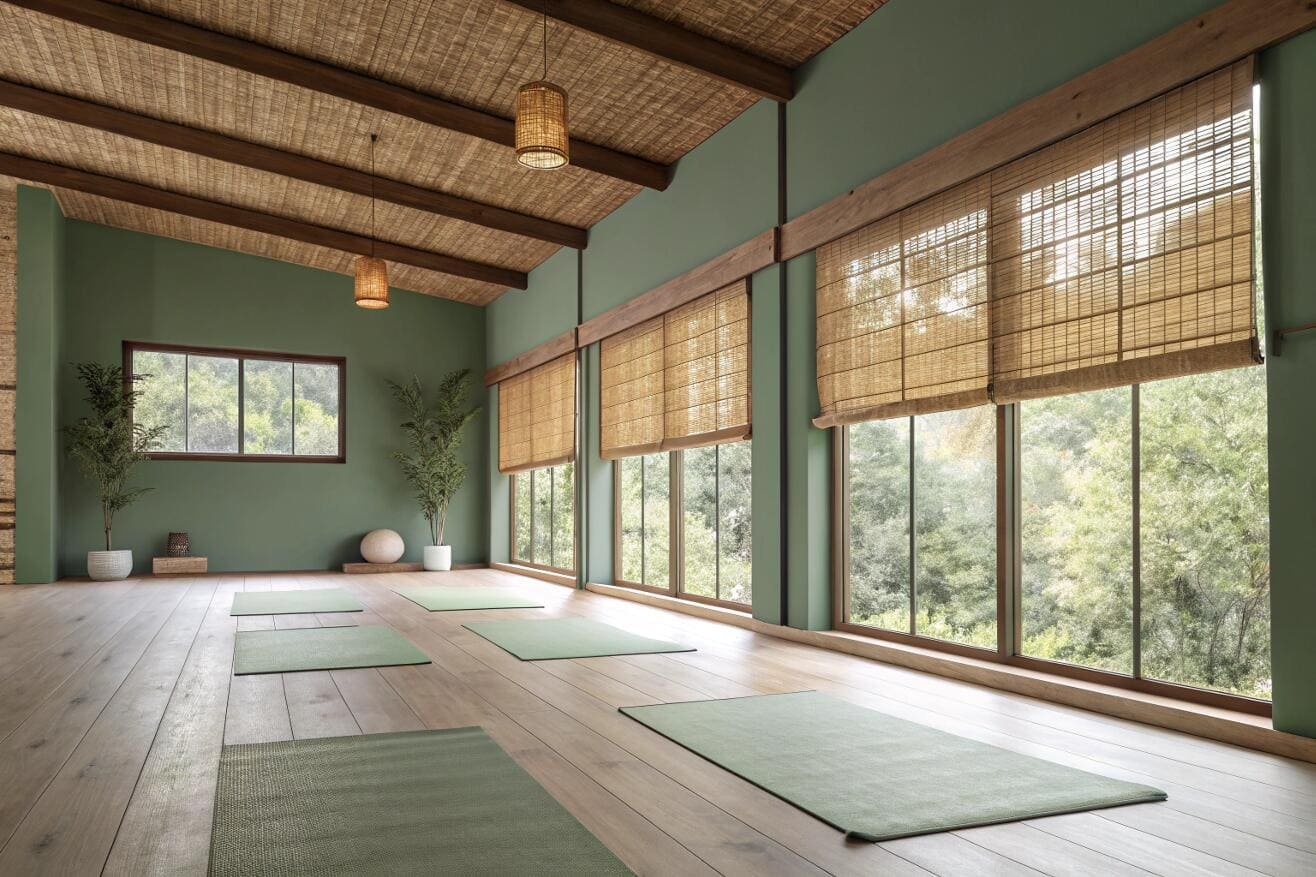
Think of it this way: all bamboo shades are woven wood shades, but not all woven wood[^3] shades are made of bamboo. This is an important detail when specifying for a project. If your client wants a very specific look, you need to know the right material to ask for. Bamboo offers a clean, linear look with its characteristic nodes. Jute, on the other hand, is a much softer, fibrous material that gives a more rustic, textile-like appearance. Reeds can provide a more varied, multi-tonal look. When my partners send me a design brief for a "natural shade," I always ask for more detail. Are we aiming for the polished feel of bamboo or the rustic charm of other grasses? Knowing the difference helps me source the perfect material to match the designer’s vision.
Woven Wood Material Comparison
| Material | Key Characteristics | Best For |
|---|---|---|
| Bamboo | Smooth, linear, defined nodes, durable. | Clean, modern, tropical, and transitional designs. |
| Jute | Soft, fibrous, textile-like texture. | Rustic, bohemian, or soft-natural designs. |
| Reeds/Grasses | Varied thicknesses and tones, rustic look. | Creating rich texture and a deeply organic feel. |
How do bamboo shades combine traditional craftsmanship with modern window treatment functionality?
Love the traditional look but need modern features? This is a common project dilemma. Let me show you how you can get the best of both worlds.
Bamboo shades merge handcrafted beauty with modern technology by adding liners and motorization. A fabric liner can be attached to the back for privacy or blackout, and a motor can be added for remote, app, or smart home control.
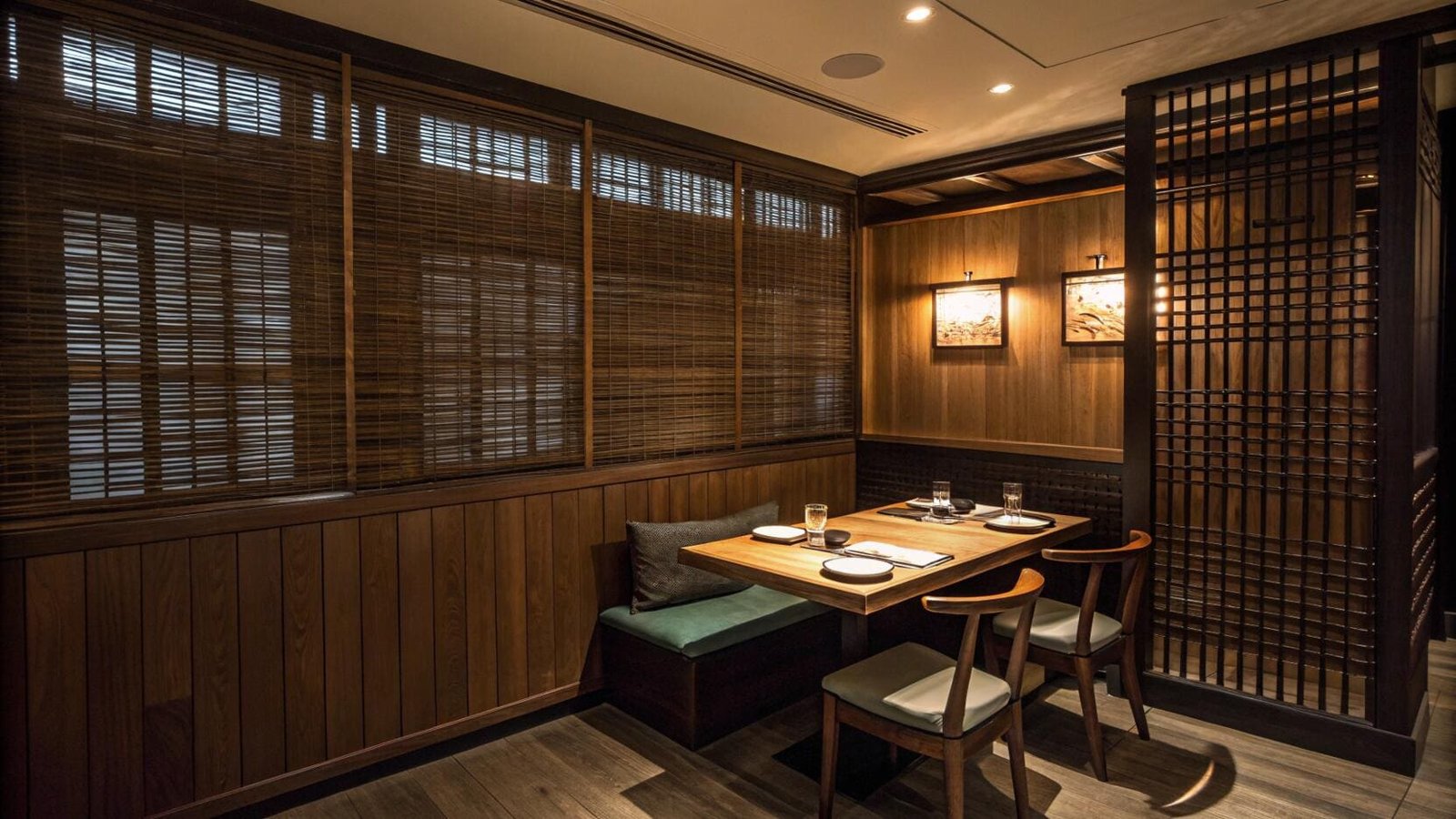
This is how we make a traditional product "smarter" at VelaBlinds. The biggest drawbacks of a basic bamboo shade are its transparency and manual operation. We solve this by offering upgrades. For bedrooms or media rooms, we can add a light-blocking blackout liner. For living rooms, a light-filtering privacy liner offers seclusion without losing all the natural light. These liners can be fixed directly to the shade or operate independently on a separate roller, giving the user total flexibility. Then, we add motorization. This is a game-changer. It eliminates dangling cords, which is crucial for child safety, and allows the user to control a heavy or hard-to-reach shade with a button. For a designer like Emma, this means she can confidently specify the warm, natural aesthetic of bamboo for any room, knowing it can meet the modern performance and automation demands of her clients.
What is the point of bamboo blinds?
With so many high-tech options, why choose something as simple as bamboo? The reason is simple and powerful. Let’s explore their unique benefits.
The point of bamboo blinds is to bring natural texture, warmth, and organic character into a space. They filter light beautifully, creating a relaxed ambiance that synthetic materials cannot replicate, and serve as a decorative element[^4] themselves.

In a world filled with flat, smooth surfaces—drywall, glass, metal—our eyes crave texture. Bamboo shades are one of the easiest ways to introduce this organic texture. They break up the monotony and add a layer of visual interest. Unlike a plain roller blind that is designed to disappear, a bamboo shade is a feature in itself. The way the sun filters through the woven material creates a unique, dappled light that feels calming and warm. It connects the indoor space with the natural world outside. I have had clients who could choose any product they wanted, and they chose bamboo shades for their main living areas simply for this feeling. They are not just for blocking light; they are for shaping it and adding character. For an interior designer, they are a powerful tool for building a layered, inviting atmosphere.
How do bamboo shades provide sustainable and eco-friendly window covering solutions?
Does your client value sustainability? Bamboo shades are an excellent talking point. Here is why they are considered an eco-friendly choice for modern projects.
Bamboo is a highly sustainable resource. It is a fast-growing grass that regenerates quickly without needing replanting and requires minimal water or pesticides. This makes shades made from bamboo an environmentally friendly choice compared to synthetic or slow-growing wood products.

Sustainability is a growing concern for many clients, especially in commercial and high-end residential projects. Being able to offer an eco-friendly option is a major plus. Bamboo is a superstar in the world of sustainable materials. It can grow several inches in a single day and reaches maturity in just 3-5 years, compared to 20-50 years for many hardwoods. Harvesting it does not kill the plant; new shoots grow from the existing root system. This makes it a rapidly renewable resource. When I talk to project contractors, I emphasize this point. Specifying bamboo shades allows them to meet green building criteria and appeal to environmentally conscious clients. It’s a choice that feels good and looks good, combining aesthetic appeal with ecological responsibility. It shows that the design of the space is thoughtful, right down to the materials used on the windows.
Are bamboo blinds good for the bathroom?
Can you put bamboo in a high-moisture area like a bathroom? It is a common question with a very important answer. Let’s look at the facts.
Generally, real bamboo blinds are not recommended for high-humidity bathrooms. Constant moisture can cause the natural material to warp, mildew, or discolor over time. For a similar look, a faux-wood or PVC blind is a much safer, more durable option.
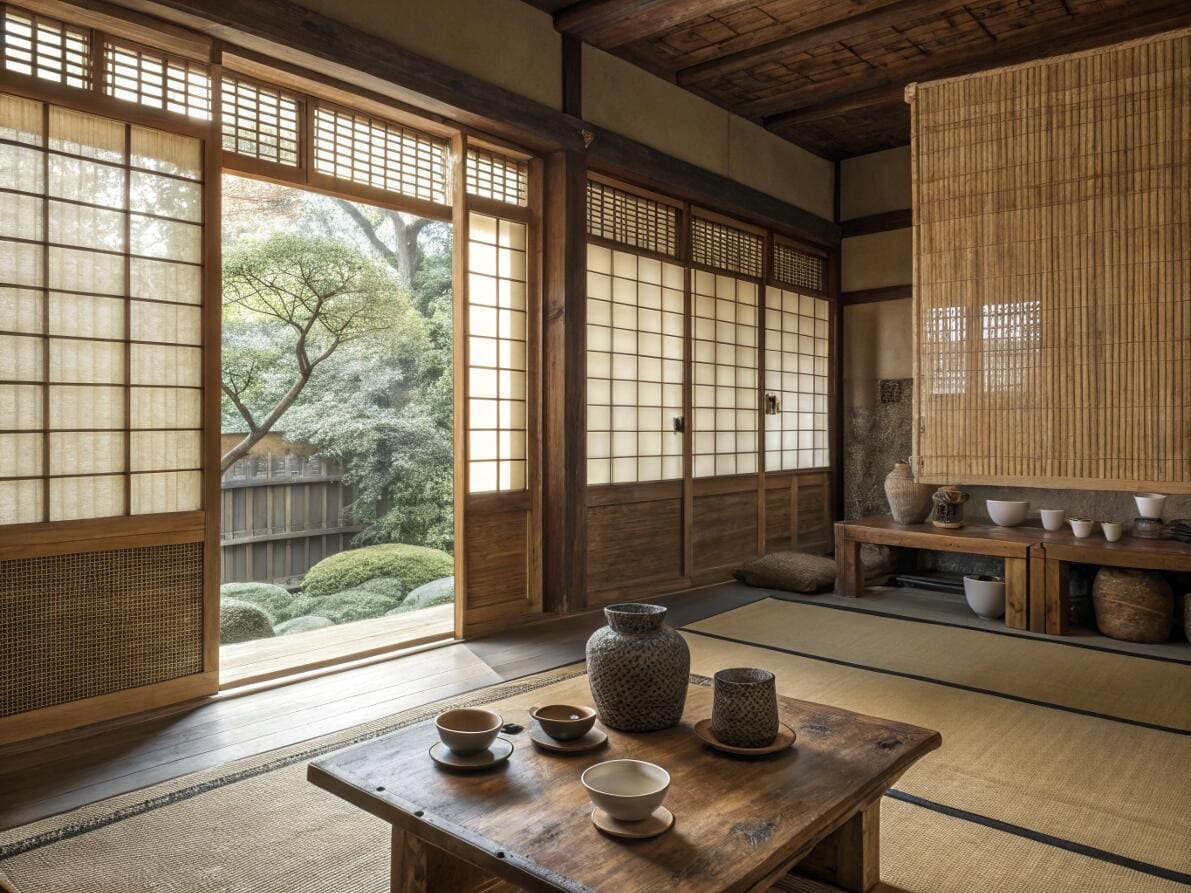
I get this question all the time. While the natural look of bamboo is perfect for a spa-like bathroom aesthetic, the material itself is not suited for the environment. I had a client who insisted on putting untreated bamboo shades in their master bath against my advice. Within a year, they had small black spots of mildew forming and the bottom edge had started to warp from the steam. It was a costly mistake to fix. For a bathroom, you need a material that is completely waterproof. That is why we recommend faux-wood blinds or specially treated PVC roller shades. They can give you a similar natural look without the risk of damage. If the bathroom is large and very well-ventilated and the window is far from the shower, you might get away with it. But as a rule, I tell my partners to avoid specifying natural woven woods for any space with high, direct moisture.
Bathroom Window Treatment Options
| Option | Pros | Cons | Verdict |
|---|---|---|---|
| Real Bamboo | Beautiful, natural look. | Prone to warping and mildew. | Not Recommended |
| Faux-Wood | Waterproof, durable, mimics wood. | Can be heavy, not real wood. | Excellent Choice |
| PVC Roller Shade | 100% waterproof, easy to clean. | Less texture than bamboo. | Good Choice |
Can bamboo shades get wet?
What happens if a bamboo shade gets wet from an open window during a rainstorm? It’s a practical concern. Let’s talk about moisture and natural fibers.
Bamboo shades should not get soaked. A little dampness from humidity is one thing, but getting them wet can cause the natural fibers to swell, warp, and potentially grow mold. If they do get wet, they should be dried immediately and thoroughly.
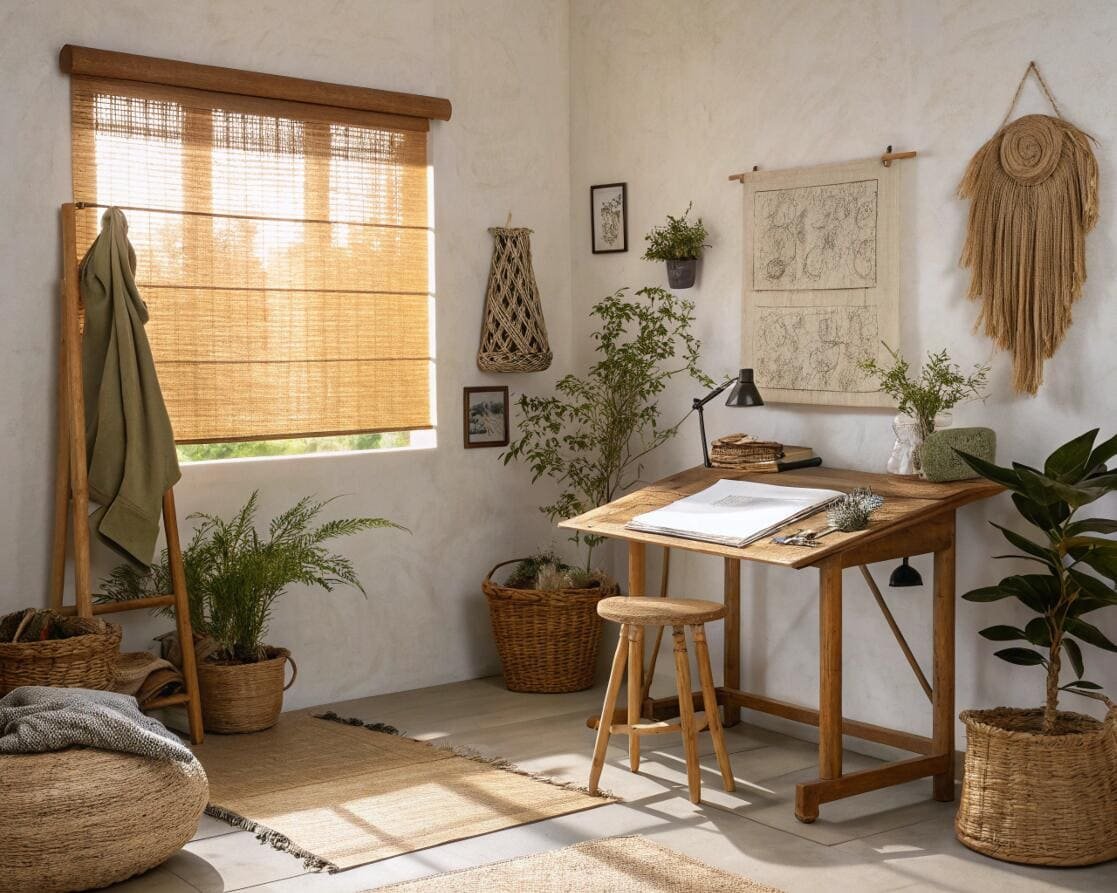
The natural fibers in bamboo shades act like a sponge. When they absorb a lot of water, they expand. As they dry, they shrink back, but often not uniformly. This is what causes warping and twisting, ruining the flat, clean look of the shade. Mold and mildew are also serious risks, as they thrive in damp, organic material. If a client’s shade accidentally gets wet, the best course of action is to lower it completely and let it air dry as quickly as possible. You can gently blot it with a clean, dry cloth and use a fan to increase air circulation. Some manufacturers apply a light protective coating, but this only resists moisture, it does not make the shade waterproof. This is a critical piece of information for the end-user. They need to understand that these are natural, indoor products that must be protected from direct exposure to rain and water.
What are the disadvantages of bamboo shades?
No product is perfect. To make the right choice, you need to be aware of the potential downsides. Here are the main disadvantages of bamboo shades.
The main disadvantages are a lack of complete privacy due to the weave, potential for warping in humid areas, and being more delicate than synthetic blinds. They also offer limited light blockage without the addition of a liner.

It’s my job to be transparent about a product’s limitations so designers can set the right expectations with their clients. The number one issue is privacy. Without a liner, most bamboo shades are see-through at night when the lights are on inside. This is a deal-breaker for bedrooms or street-facing windows unless a liner is added. The second issue is durability. The natural fibers can become brittle over time with intense sun exposure, and the woven cords can break with rough handling. They are not as robust as a simple aluminum Venetian blind. Finally, there’s the cleaning. You can’t just spray and wipe them. They require gentle dusting or vacuuming with a brush attachment to avoid damaging the fibers. While they offer unmatched natural beauty, a client must be willing to accept these trade-offs or invest in upgrades like liners to mitigate them.
Can you see through bamboo shades at night?
This is the most critical privacy question I get from designers and contractors. The answer determines where these shades can be used. Let’s be perfectly clear.
Yes, you can typically see through most standard bamboo shades at night. When it is dark outside and the lights are on inside, they will only show a silhouette and general shapes from the outside, but they do not provide full privacy.
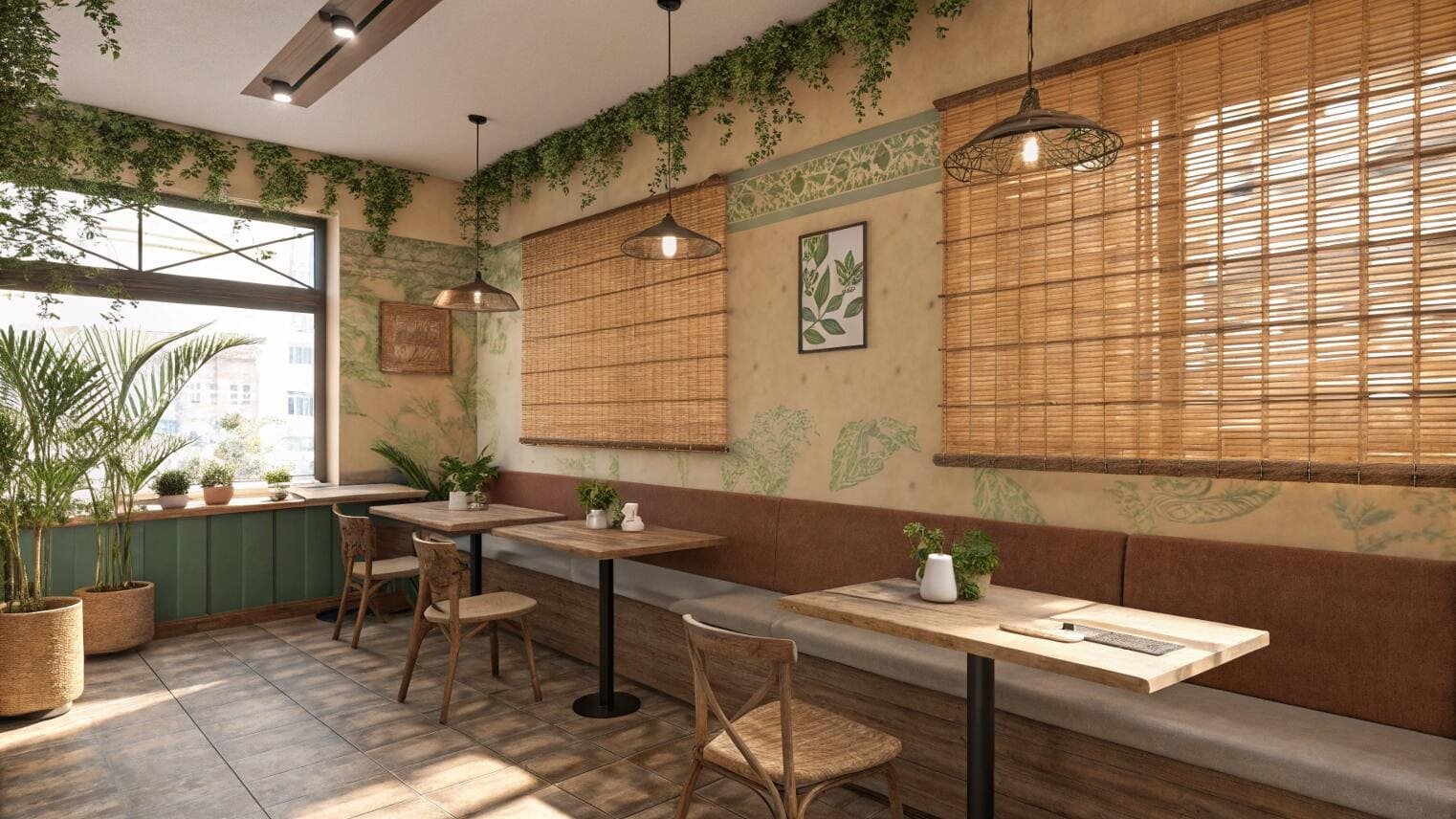
This is a non-negotiable point of education for any client. Many people assume that because they can’t see in during the day, the same is true at night. It is not. The woven nature of the shade means there are tiny gaps that light can pass through. At night, the interior of the home becomes a light box, and anyone outside can see blurry shapes and movements inside. For a ground-floor living room or bedroom, this is not acceptable for most people. The solution is simple and effective: add a privacy liner. A light-filtering liner will block the view in completely while still allowing a soft glow to show through the front of the shade. A blackout liner will provide 100% privacy and darkness. Without a liner, bamboo shades are best used in spaces where privacy is not the primary concern, or on windows on upper floors.
How long do bamboo shades last?
As a professional, you’re investing in a product, not just buying a decoration. Longevity is key. So, what is the realistic lifespan of a bamboo shade?
A good quality bamboo shade, when properly cared for and not placed in a high-humidity area, can last for 5 to 8 years. Lifespan is affected by sun exposure, weave quality, and how gently it is operated.
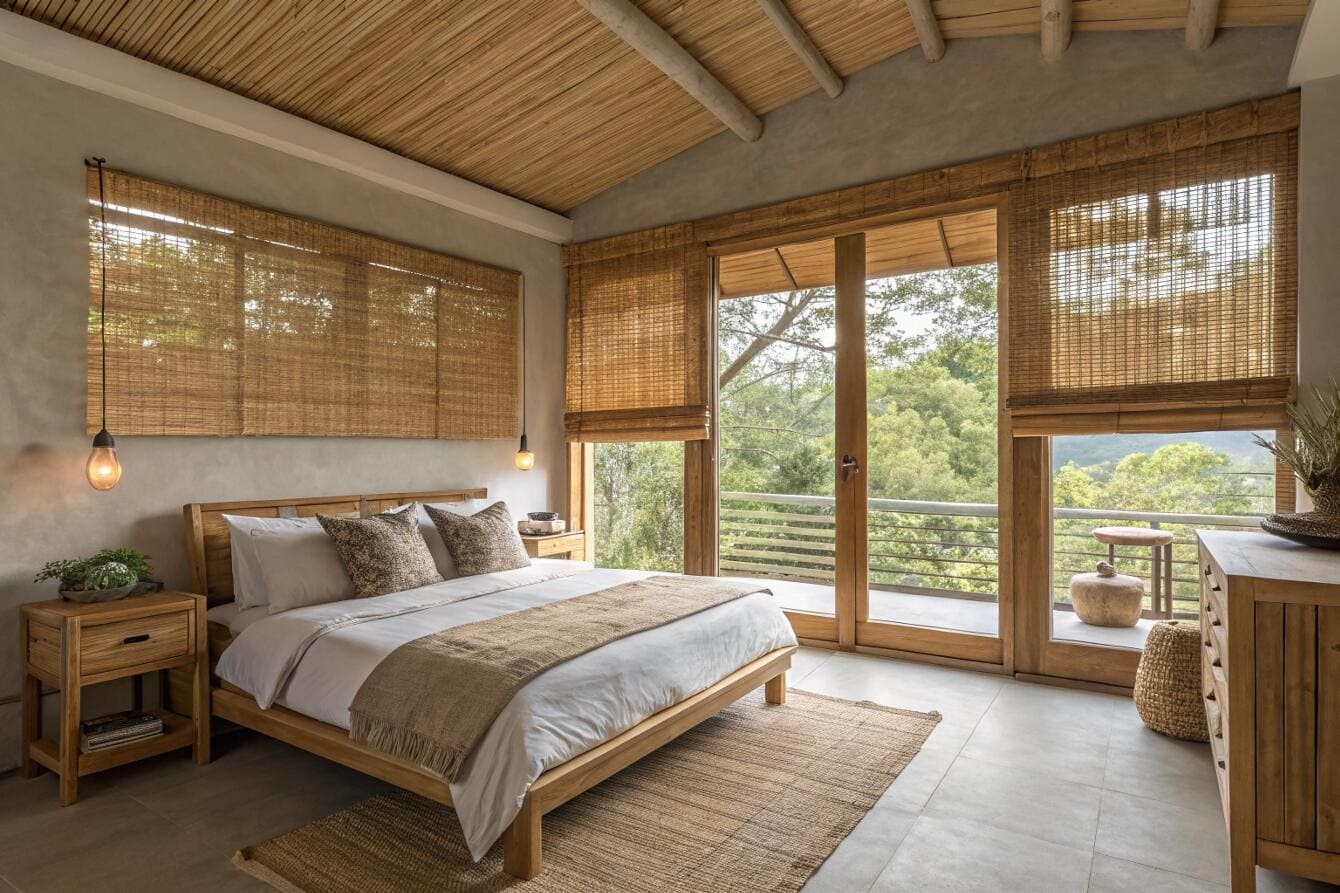
The biggest enemy of a bamboo shade is direct, intense sunlight. Over many years, UV rays can cause the natural fibers to become brittle and fade. The cords that weave the shade together can also weaken over time. A shade in a south-facing window in a hot climate will have a shorter life than one in a north-facing window. Quality also matters immensely. A well-constructed shade from a reputable supplier like VelaBlinds will use stronger cords and higher-quality, treated bamboo that resists sun damage for longer. Gentle use is also key. Yanking on the cord to raise and lower the shade puts stress on the whole system. This is another reason motorization is a great option—it provides a smooth, even lift every time, which can actually extend the life of the shade. Ultimately, they will not last as long as a PVC or aluminum blind, but for many clients, 5-8 years of natural beauty is a worthwhile investment.
Conclusion
In summary, bamboo shades bring unmatched natural warmth and texture to any space. By adding modern liners and motorization, they can meet today’s practical needs for privacy and convenience.
---
[^1]: Explore how bamboo shades can enhance your space with natural beauty and warmth.
[^2]: Find out how light-filtering treatments can enhance ambiance and comfort.
[^3]: Clarify the distinctions between woven wood and bamboo shades for better selection.
[^4]: Learn how window treatments can enhance the overall decor of a room.Partner with VelaBlinds for Your Next Project
Smart window treatments shouldn’t be complicated. After working with 500+ distributors and contractors worldwide, I’ve streamlined the process to get you quality products, competitive pricing, and reliable support – every time.
Why project professionals choose VelaBlinds:
- ✅ Fast, Accurate Quotes – Detailed specs and pricing within 24 hours
- ✅ Transparent Pricing – No hidden fees, volume discounts clearly outlined
- ✅ Quality Assurance – Direct partnerships with certified OEM manufacturers
- ✅ Project Support – Dedicated account manager from quote to delivery
Start your next project:
📧 Quick Quote: Send your requirements to info@velablinds.com
📱 Direct Contact: WhatsApp +86 137 2012 8317
🌐 Browse Solutions: https://velablinds.com/
📁 Product Resources: Access spec sheets, catalogs & project files
Jimmy Chen, Founder
"I built VelaBlinds to solve the real challenges I faced as a project buyer – long lead times, unclear specs, and unreliable suppliers. Let’s discuss how we can power your projects with smarter blinds."
Serving distributors and contractors across North America, Europe, and Australia since 2018.

